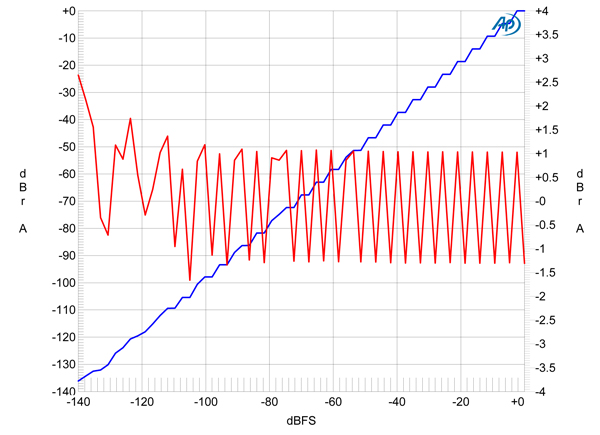Read through this topic with interest; a lovely mixture of passive aggressive posts and some genuine interest into why a good measuring DAC may sound (positively) different from others.
I've a question about the testing, if possible? When plotting the frequency response of a DAC, presumably a test tone at stepped frequencies are sent to the DAC, and the line or curve is drawn after compiling all the results? If so, is there a possibility that some DAC implementations handle a complex passage of music differently to single test tones? How do you measure a snapshot of music, when music by its definition, is time oriented?
If you are not into mathematics, and I realise more than 90% of people are not, looking into the theory is probably too hard to understand, and hard for me since I am old and my daily use of maths stopped over 10 years ago.
OTOH if you accept the maths (like we do accepting cars, aeroplanes space travel etc) rather than try to follow all the detail, the salient points are that as long as the sampling frequency is double the highest frequency
in the signal when it is digitised, and as long as any frequency higher than this is filtered out on the analogue signal when it is converted back, then this output is the same as the input was.
There are obvious limitations to this.
Firstly any of the analogue limitations of noise and distortion.
Secondly, the signal to be digitised
must have everything above half the sampling frequency removed by an anti-aliasing filter.
Thirdly everything above half the sampling frequency
needs to be removed from the analogue signal coming out of the digital to analogue conversion process using a reconstruction filter.
The rate of change of musical transients is
entirely contained in the frequency domain, so all of it is accurately reproduced, as long as it is below half the sampling frequency. Since the human audio bandwidth is traditionally quoted as 20 Hz to 20 kHz all audible information, including transients, complies on all commercial recording formats.
So, where can it go wrong?
If an anti aliasing filter is not used there will be artefacts in the recording. AFAIK nothing we can do on replay can fix this so it is basically a bad recording which does not comply with the standards.
There were lots of pictures, back in the day, and even sometimes still seen now 40 years later, showing a staircase type of output from digital devices. The reconstruction filter removes these since they, if they existed, would be above half the sampling frequency.
So certainly DACs with "eccentric" or no reconstruction filters will fail to draw "the line or curve drawn after compiling all the results" as you put it, but otherwise not.
So yes, some DAC strategies do not as accurately convert the digital value back to an accurate analogue value, but that was a problem in early days which is solved in most implementations today of DAC technology.
The DAC strategy that gives an output wave which fails to follow complex passages accurately will be in the choice of reconstruction filter, which IME can be audible (I hear the effect of some but not all the ones I have tried on DACs I own with switchable filters).
Sensibly, the "standard" reconstruction filter is the one removing the most spurious output so the vast majority of modern DACs do a good job of drawing the line or curve after compiling all the results"

